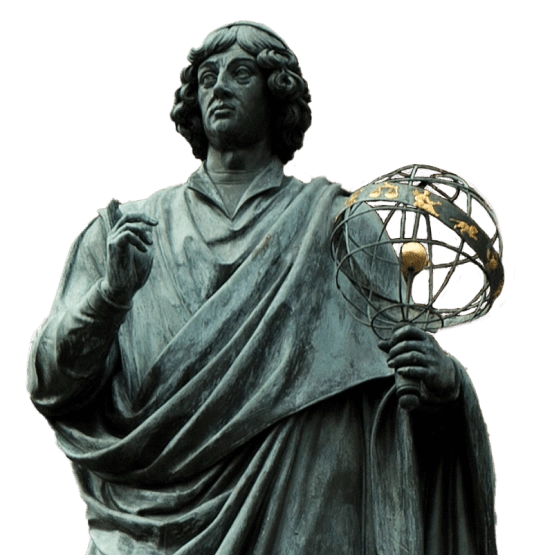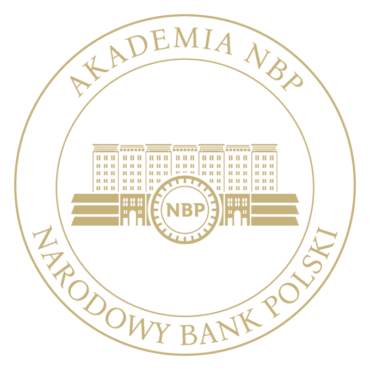Nicolaus Copernicus
The Scholarly Silhouette of Nicolaus Copernicus
Primarily celebrated as a stellar astronomer, Nicolaus Copernicus (1473-1543) unveiled the architectural majesty of the Solar System, igniting an unprecedented shift in humanity’s perception of Earth within the universe. This illustrious Pole, rightfully numbered among the most brilliant minds of the European Renaissance, was also a clergyman, mathematician, doctor, lawyer, and translator. He manifested his prowess as a strategic and commanding leader, spearheading the defense of Olsztyn during the war against the Teutonic Knights, and later showcased his organizational acumen by swiftly rebuilding and reactivating economies in areas ravaged by the German Order’s invasion. Serving in diplomacy and participating in the Polish Parliament’s activities, Copernicus’s scientific contributions to economics also position him alongside the world’s most distinguished economic thinkers. In 1517, he penned a treatise on the displacement of good money by bad, observing that “currency debasement” often precipitates the downfall of nations. Consequently, he emerged as one of the earliest advocates for modern monetary policy, stressing currency standardization, safeguarding its value, and thwarting inflation that jeopardizes the economy. Copernicus differentiated between a coin’s intrinsic (valor) and attributed (estimatio) value, set by its issuer, insisting that a good coin’s intrinsic value should align with its attributed worth. However, this did not demote a coin merely to a chunk of metal subject to commodity exchange. The metal in the currency acted as a guarantee of its price, with special marks affirming its association with a specific country and ruler bestowing its stature as a legal tender. Although these views are no longer novel today, they represented a monumental stride in the evolution of economic thought during his era. Not merely a financial theoretician, Copernicus was also co-architect of a successful monetary reform, later successfully applied in various countries. Indeed, it was Copernicus, the first among Poland’s great economists, who in 1519 proposed a common monetary system for Poland and its subordinate Royal Prussia to King Sigismund I the Old. Principles delineated in the 1517 treatise were echoed decades later by English financier Thomas Gresham and are often globally referred to today as Gresham’s Law. However, historical accuracy compels the attribution of the rule to its architect, perhaps through the popularization of the name: the Copernicus-Gresham Law.*






